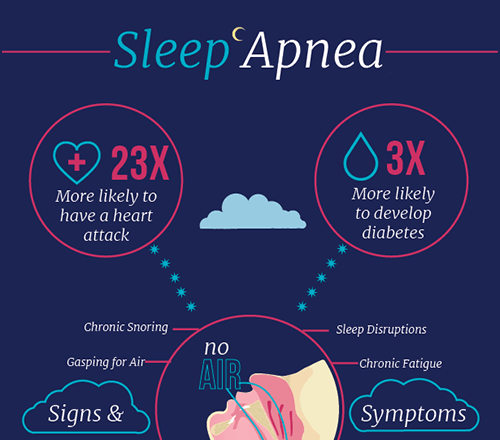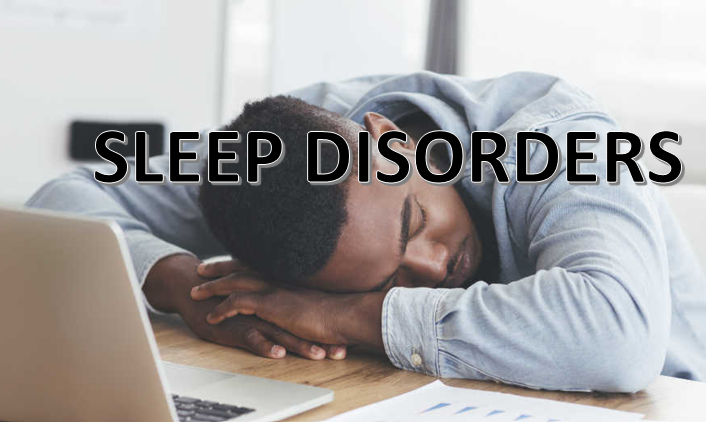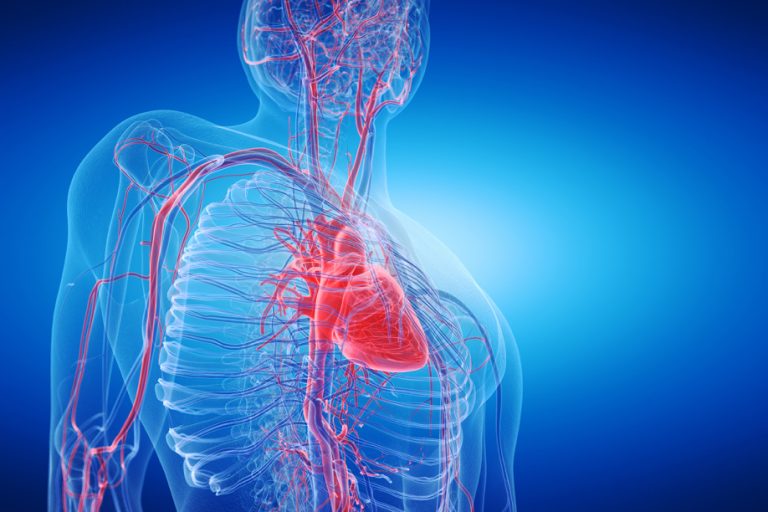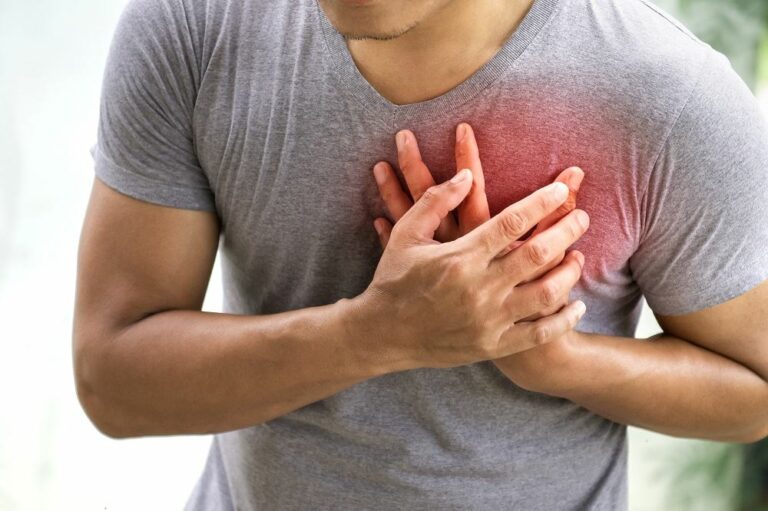Sleep Apnea: Breakdown of the Elusive Disorder
Author: Alvin
Alvin
Category: Mental Health

Sleep apnea is a dangerous disorder in which a person’s breathing is interrupted while sleeping. Individuals who are not treated with sleep apnea repeatedly cease breathing during the night, often hundreds of times.
If left untreated, can result in several health complications, including hypertension (high blood pressure), stroke, cardiomyopathy (enlargement of the heart muscle tissue), heart failure, diabetes, and heart attacks. It can also contribute to occupational impairment, work-related accidents, and motor vehicle crashes in children and adolescents, as well as academic underachievement.
Obstructive and central apnea are the two forms of:
-
Obstructive sleep apnea characterizes by frequent episodes of total or partial upper airway obstruction during sleep. The diaphragm and chest muscles work harder to keep the airway open during an apneic episode as the pressure increases. Typically, breathing restarts with a loud gasp or jolt of the body. These episodes can impair sleep quality, decrease oxygen delivery to essential organs, and abnormal heart rhythms.
-
The airway is not closed with central sleep apnea, but the brain fails to instruct the muscles to breathe because the respiratory control center is unstable. Apnea central is associated with the central nervous system’s function.
Who is afflicted with sleep apnea?
Around 25% of males and nearly 10% of women suffer from sleep apnea. It can affect people of all ages, including infants and children, but is more prevalent in those over the age of 50 and obese.
Certain physical characteristics and clinical characteristics frequently observed in patients with obstructive sleep apnea. These include extra weight, a long neck, and anatomical anomalies that narrow the upper airway’s diameter, such as nasal blockage, a low-hanging soft palate, swollen tonsils, or a tiny jaw with an overbite.
What occurs when you cease to breathe?
When you stop breathing, your heart rate tends to slow down as your body deprive of oxygen for an extended period. Then, towards the conclusion of that period of no breathing, your involuntary reflexes startle you awake. When this happens, your heart rate often accelerates, and your blood pressure rises.
These are immediate alterations that occur when you cease breathing. However, if you have regular apnea, your body begins to face chronic repercussions. The increased danger is suggested by data, particularly when you stop breathing approximately 30 times or more per hour. However, there is almost certainly a risk at lower frequency rates.
For example, as your workload increases, your blood pressure tends to rise, your heart walls thicken, and the structure of your heart alters. It tends to stiffen and become less flexible as more fibrous cells form between the muscle cells.
All of these factors enhance your likelihood of developing atrial or ventricular arrhythmias. Additionally, they tend to impair the heart’s function, making it less efficient at pumping blood.
What causes obstructive sleep apnea?
Obstructive sleep apnea causes by a blockage of the airway, which typically occurs during sleep when the soft tissue in the back of the throat contracts. Additionally, it is prevalent in patients with heart failure and other types of cardiac, kidney, or lung disease.
What are the signs and symptoms of obstructive sleep apnea?
Often, the initial signs of OSA detect by the bed partner. Many of those impacted have no complaints about their sleep. The following are the most prevalent indications and symptoms of OSA:
- Snoring.
- Insomnia or weariness during the day.
- Sleep disturbances, frequent nightly awakenings.
- Awakenings unexpectedly with a sensation of gasping or choking.
- Upon rising, you may experience a dry mouth or painful throat.
- Impairment of cognition, such as difficulty concentrating, forgetfulness, or impatience.
- Disturbances of mood (depression or anxiety).
- Sweats during night.
- Frequent urinating at night.
- Sexual impotence.
- Headaches.
- Individuals with central sleep apnea are more likely to report recurring awakenings or sleeplessness, though they may also awaken with a choking or gasping sensation.
Children’s symptoms may be less visible and include the following:
- Inadequate academic achievement.
- Sluggishness or lethargy.
- Mouth breathing and swallowing difficulties during the day.
- When inhaling, the ribcage moves inward.
- Sleeping in unusual positions, such as on your hands and knees or with your neck hyper-extended.
- Excessive nocturnal sweating.
- Disabilities in learning and behavior (hyperactivity, attention deficits).
- Bedwetting.
How is sleep apnea diagnosed?
Suppose your doctor believes that you have symptoms consistent with sleep apnea. In that case, he or she may refer you to a sleep specialist or perform an overnight sleep study to objectively evaluate.
The testing procedure entails an overnight sleep study known as a polysomnogram (PSG). A PSG carries out in a sleep laboratory under the direct supervision of a qualified technician. During the test, a range of body functions to monitor, including the brain’s electrical activity, eye movements, muscle activity, heart rate, breathing patterns, air flow, and blood oxygen levels.
Adults may occasionally undergo a Home Sleep Test (HST). This is a modified sleep study that may perform in the convenience of your own home.
How is sleep apnea treated?
- Overweight individuals can benefit from weight loss. Even a 10% weight decrease can significantly lower the number of apneic episodes in most individuals. However, losing weight with untreated obstructive sleep apnea might be challenging due to increased appetite and metabolic abnormalities associated with obstructive sleep apnea.
- Individuals with obstructive sleep apnea should abstain from alcohol and certain sleeping drugs, as these substances increase the likelihood of the airway collapsing during sleep and extend the apneic periods.
- Breathing pauses occur in some patients with mild obstructive sleep apnea exclusively when they sleep on their backs. In such circumstances, a wedge pillow or other gadget that allows them to sleep on their side may be beneficial.
- Individuals with sinus problems or nasal congestion should utilize nasal sprays or breathing strips to minimize snoring and increase airflow during the night for more comfortable breathing. All patients with sleep disorders must avoid sleep deprivation.
What are the consequences of obstructive sleep apnea?
Sleep apnea, if left untreated, can result in a variety of health complications, including hypertension, stroke, arrhythmias, cardiomyopathy (enlargement of the heart muscle tissue), heart failure, diabetes, obesity, and heart attacks.
Sleep apnea is prone to cause arrhythmias and cardiac failure, as sleep apnea tends to have higher blood pressure. Indeed, approximately 50% of persons with heart failure or atrial fibrillation.
This is because sleep apnea can result in the following:
- Repeated instances of hypoxia (what doctors call hypoxia).
- Carbon dioxide levels fluctuate.
- Direct effects on the heart as a result of chest pressure fluctuations.
- Increased levels of pro-inflammatory markers.
- Due to the high occurrence of sleep apnea in patients with cardiac arrhythmias and heart failure (it is practically a coin flip if the patient has it), doctors recommend that you seek medical care immediately.













